-
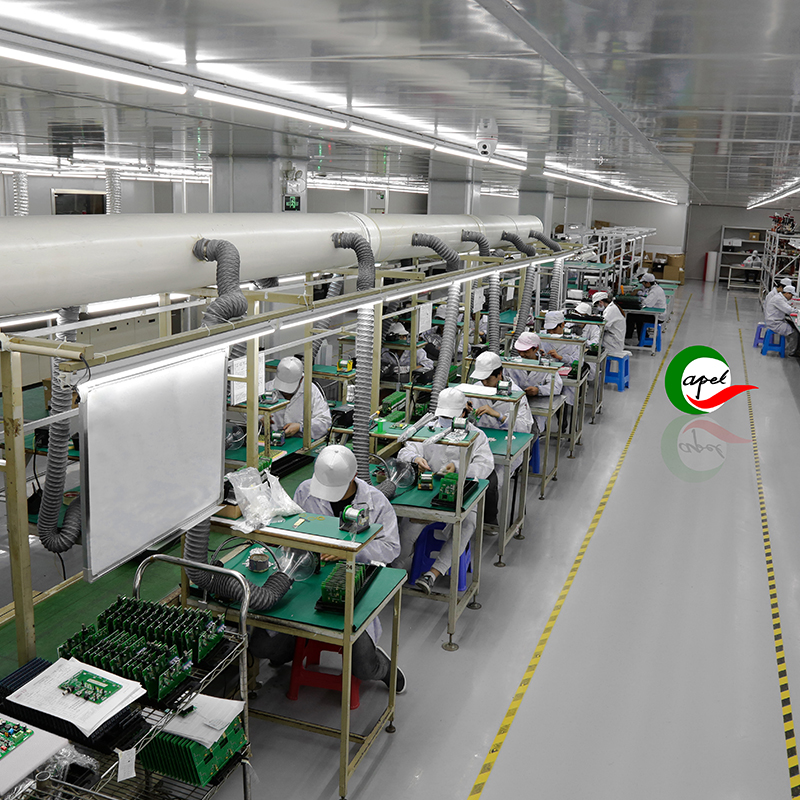
Can rigid-flex circuit boards be soldered to standard surface mount components?
Introduce: In recent years, rigid-flex circuit boards have gained popularity due to their versatility and ability to fit into tight spaces while providing excellent electrical performance. These boards combine the advantages of traditional rigid boards and flexible circuits, making them ideal for...Read more -
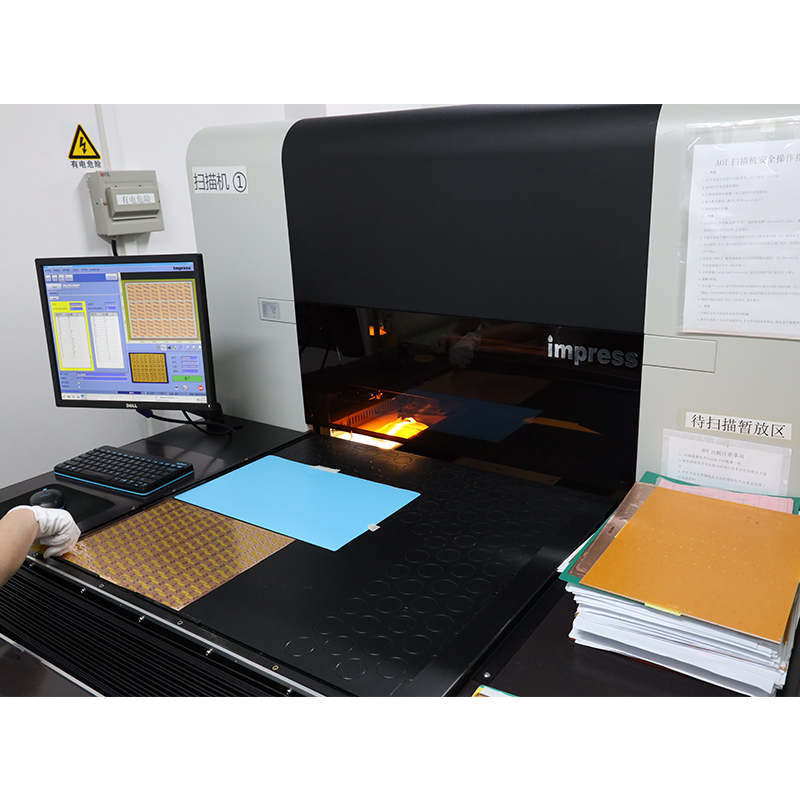
Thermal management in rigid flex circuit boards
In this blog, we’ll explore the key considerations for thermal management of rigid-flex circuit boards and why they must be addressed during the design and manufacturing stages. When designing and manufacturing rigid-flex circuit boards, thermal management is an important aspect that cannot be ig...Read more -
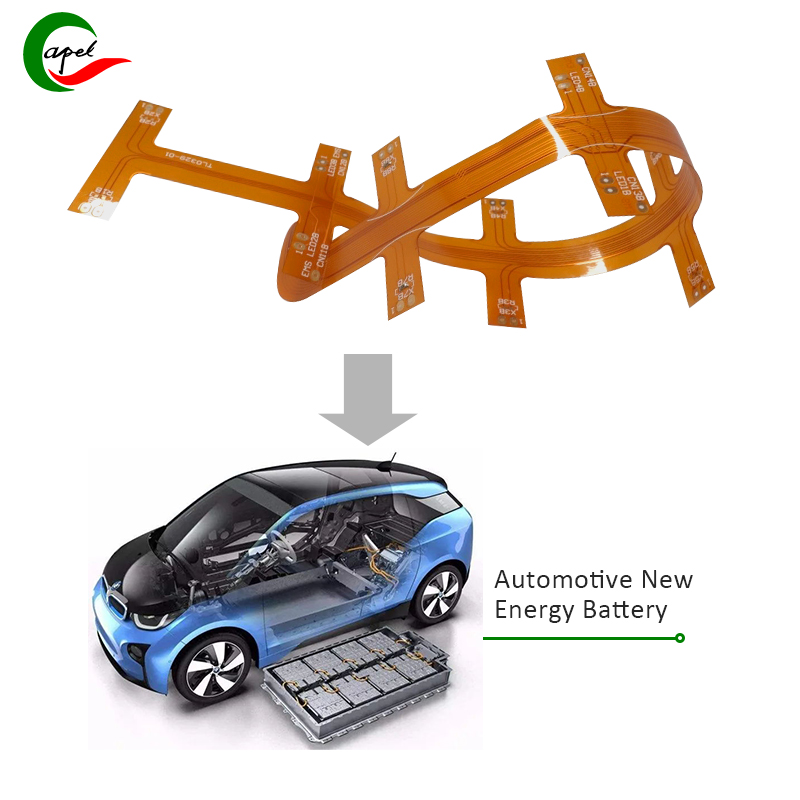
Can Rigid-Flex Circuit Boards Benefit Renewable Energy Systems?
In today’s rapidly evolving technological environment, the demand for renewable energy has never been higher. Governments and businesses around the world are adopting renewable energy systems as a sustainable solution to combat climate change and reduce dependence on fossil fuels. Achieving...Read more -
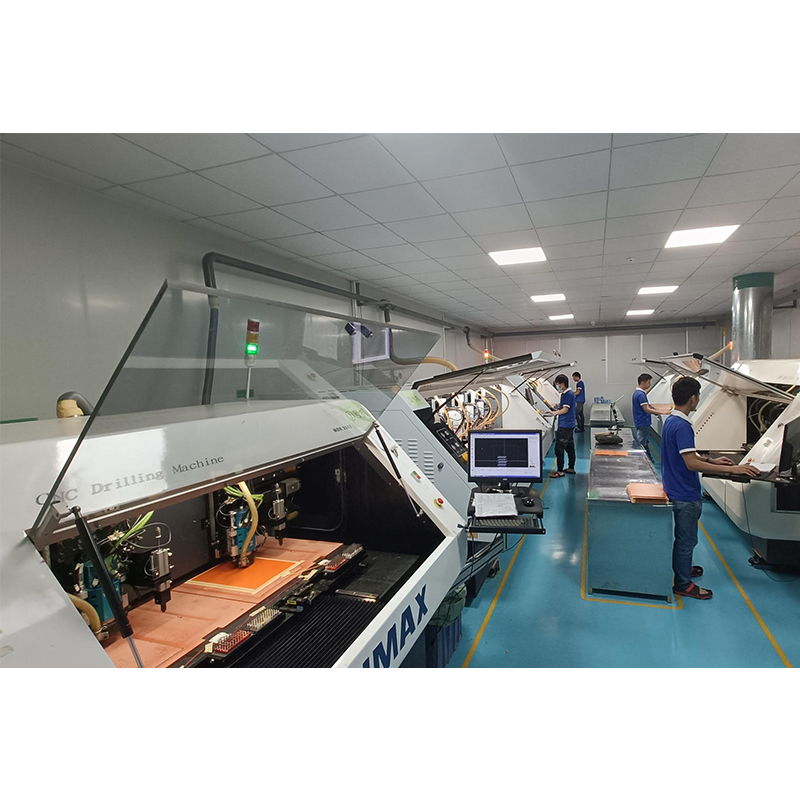
Choosing the Perfect Rigid-Flex Circuit Stackup: A Comprehensive Guide
In this blog, we will discuss the key factors to consider when selecting the ideal flex area stackup for rigid-flex circuit boards. In the world of printed circuit boards (PCBs), there are many types to suit different needs and requirements. One type that has become very popular in recent years i...Read more -
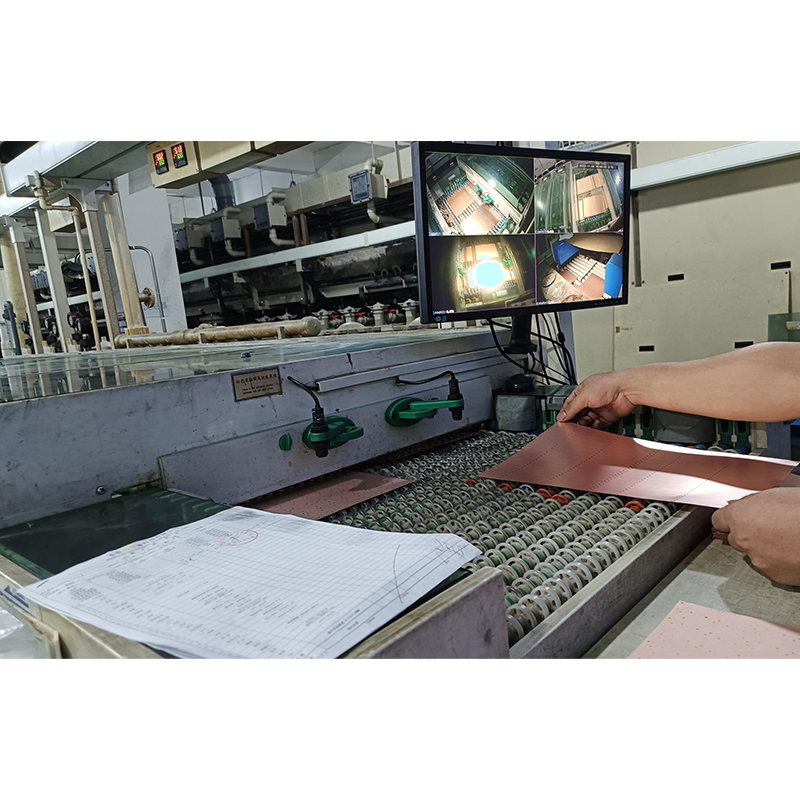
Can Rigid-Flex Circuit Boards Enable High-Speed Data Transmission?
In today’s fast-paced world, data transmission is becoming more and more important, and high-speed data transmission has become a necessity in various industries. The need for faster communications and efficient data transfer has led to the development of new technologies. One of these inno...Read more -
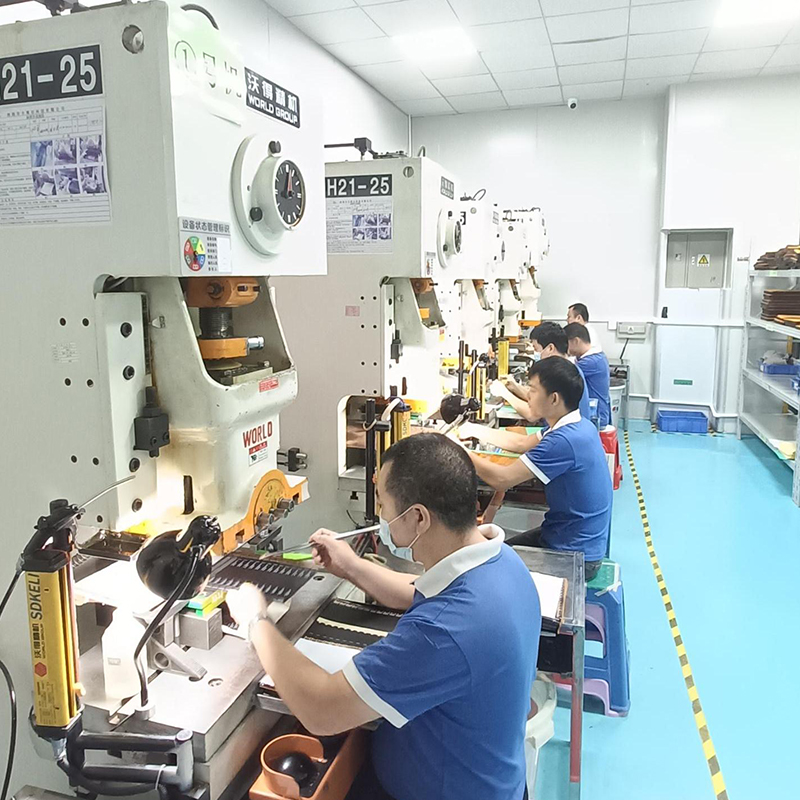
Solving common failures of rigid-flex boards: Strategies and best practices
Is your rigid-flex board causing unexpected problems with your electronic devices? don’t worry! This blog post highlights the most common failures that can occur in rigid-flex boards and provides practical strategies and best practices for resolving these issues. From opens and shorts to solderi...Read more -
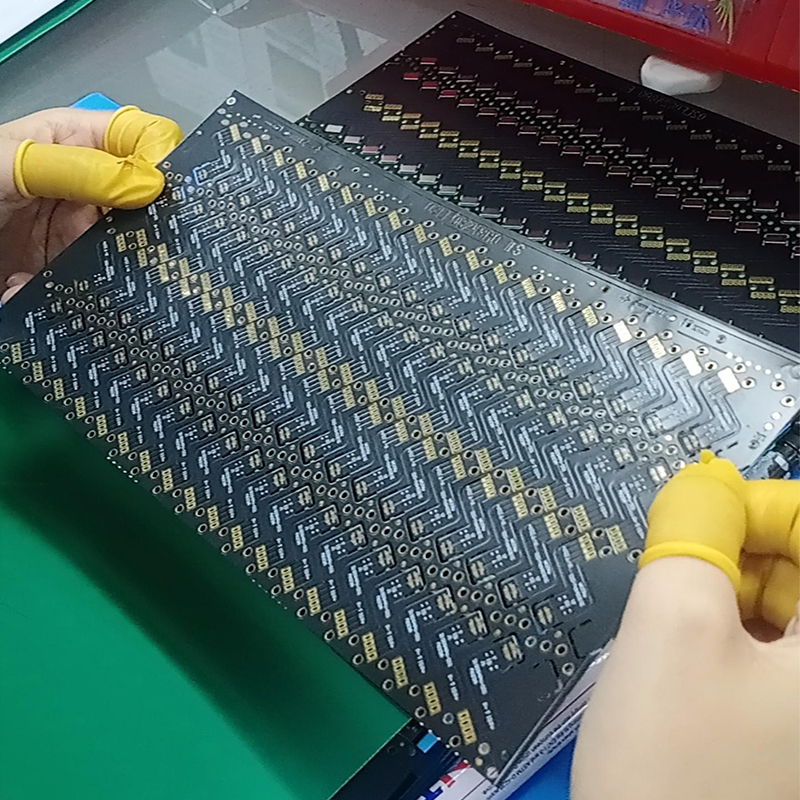
Can rigid-flex circuit boards be used in telecommunications equipment?
In this blog, we’ll delve into the world of rigid-flex circuit boards and explore their potential applications in telecommunications equipment. In the ever-evolving world of telecommunications, where seamless communications and lightning-fast data transfer are critical, engineers and designers ar...Read more -
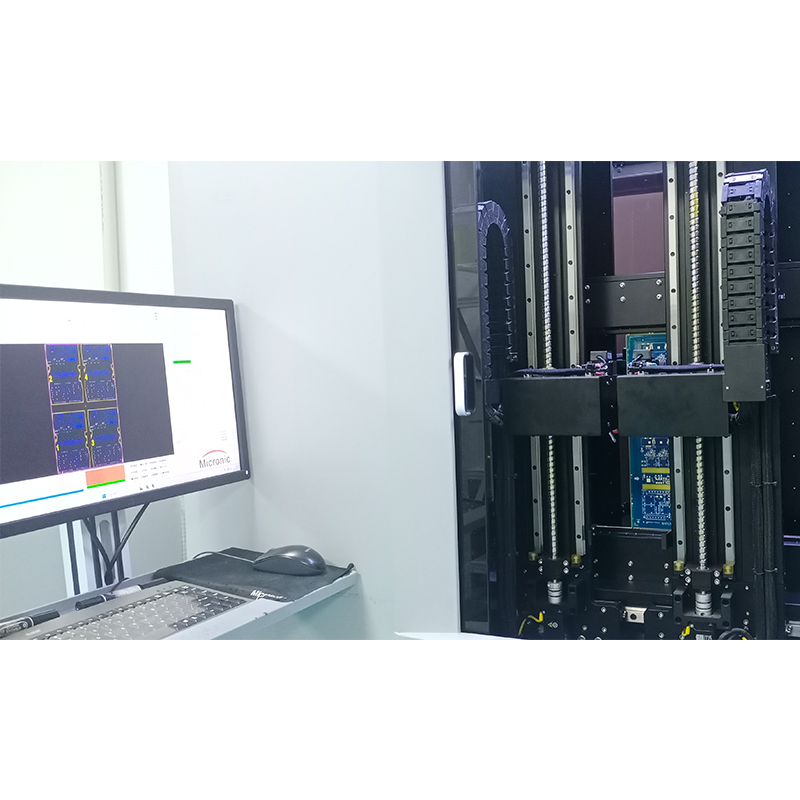
Humidity and moisture affect the performance of rigid-flex boards
In this blog post, we’ll take a closer look at the effects of humidity and moisture on rigid-flex circuit boards and discuss how manufacturers and engineers can mitigate these effects. In the electronics field, rigid-flex circuit boards are becoming increasingly popular due to their unique desig...Read more -
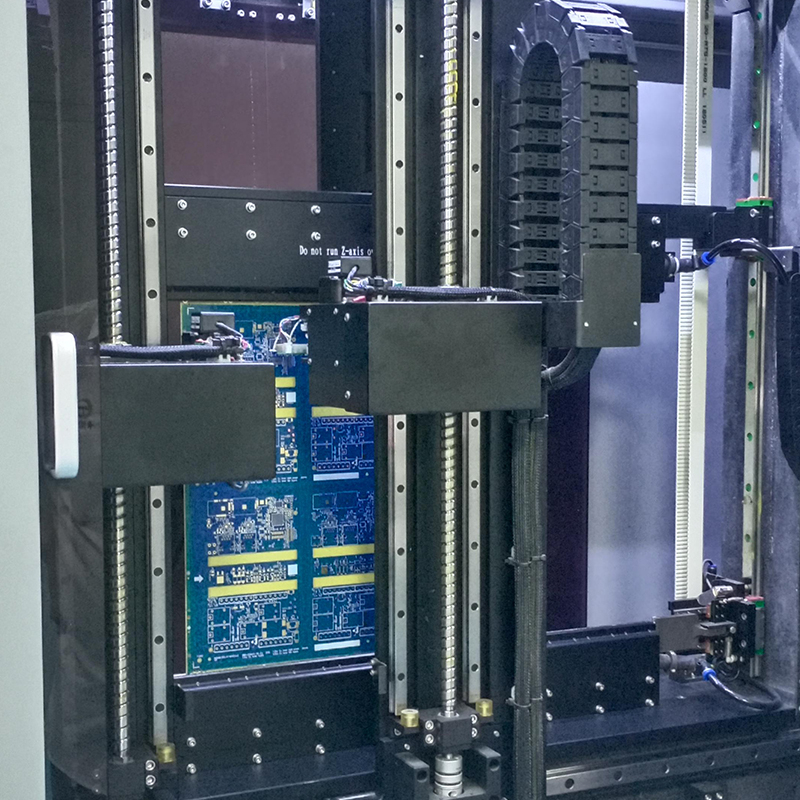
Main differences between single-sided and double-sided rigid-flex boards
Introduction: In this article, we will explore the main features, advantages and disadvantages of single-sided and double-sided rigid-flex PCBs. If you are in the electronics industry, you may have come across the terms single-sided and double-sided rigid-flex boards. These circuit boards are wid...Read more -

Can rigid-flex PCB boards be used in LED lighting applications?
In recent years, LED lighting has gained popularity due to its energy efficiency and enhanced durability. Therefore, manufacturers and designers are constantly looking for innovative solutions to integrate LED technology into various applications. One solution with great potential is the use of r...Read more -
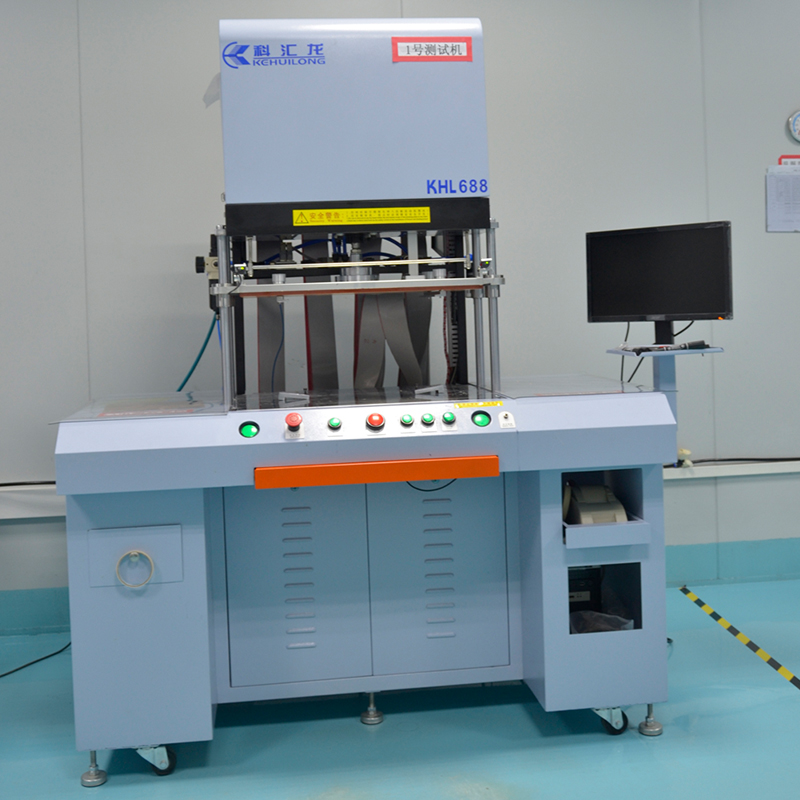
Ensuring optimal signal integrity in rigid-flex circuit board designs: A step-by-step guide
Introduction Signal integrity plays a critical role in the performance and reliability of modern electronic devices. Designing rigid-flex circuit boards that combine the flexibility of flex circuits with the structural strength of rigid boards presents unique challenges that must be addressed to ...Read more -
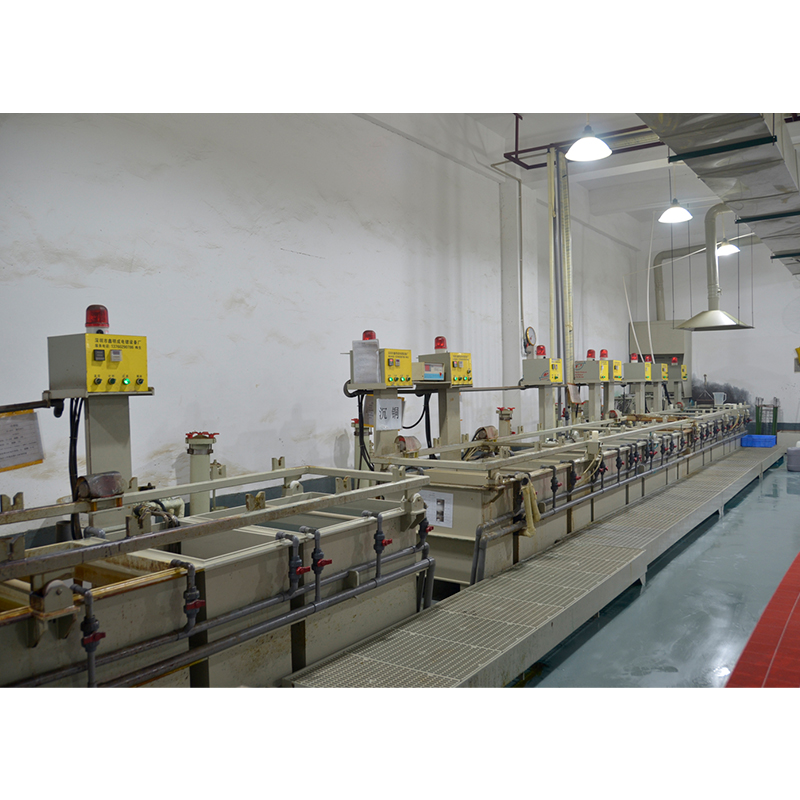
Can rigid-flex circuit boards be used in RF applications?
In the rapidly evolving world of electronics, innovation and versatility are key to staying ahead of the competition. Radio frequency (RF) applications are an area experiencing tremendous growth. From wireless communication systems to satellite technology and radar systems, RF applications play a...Read more






